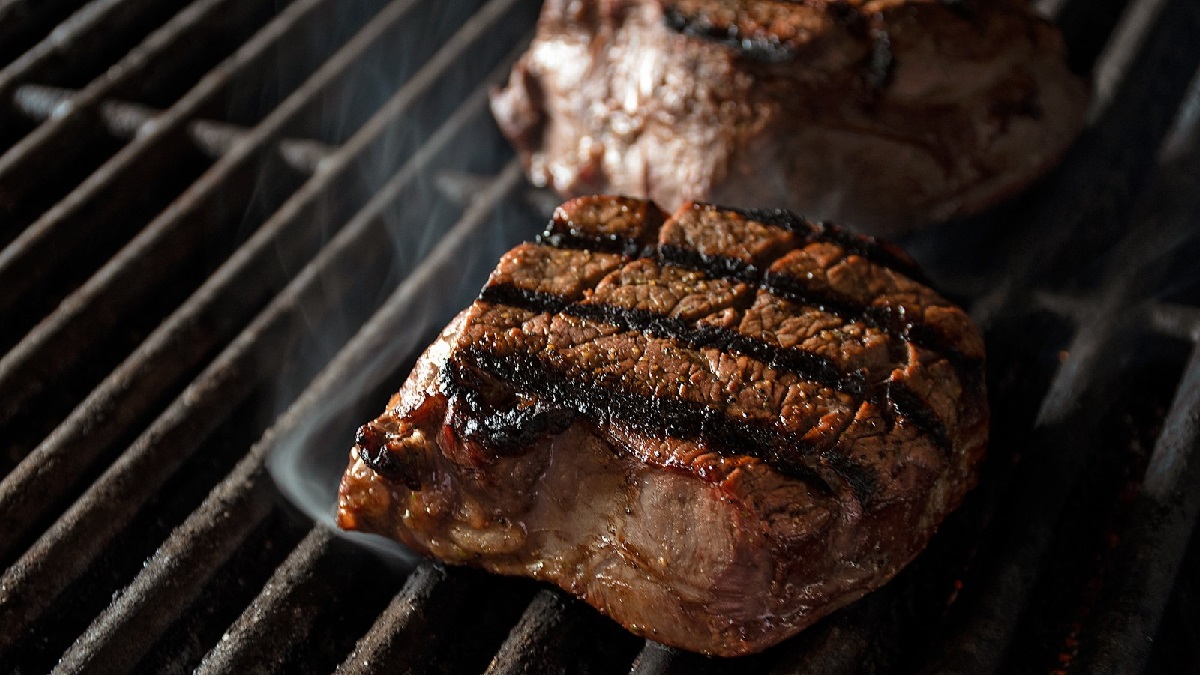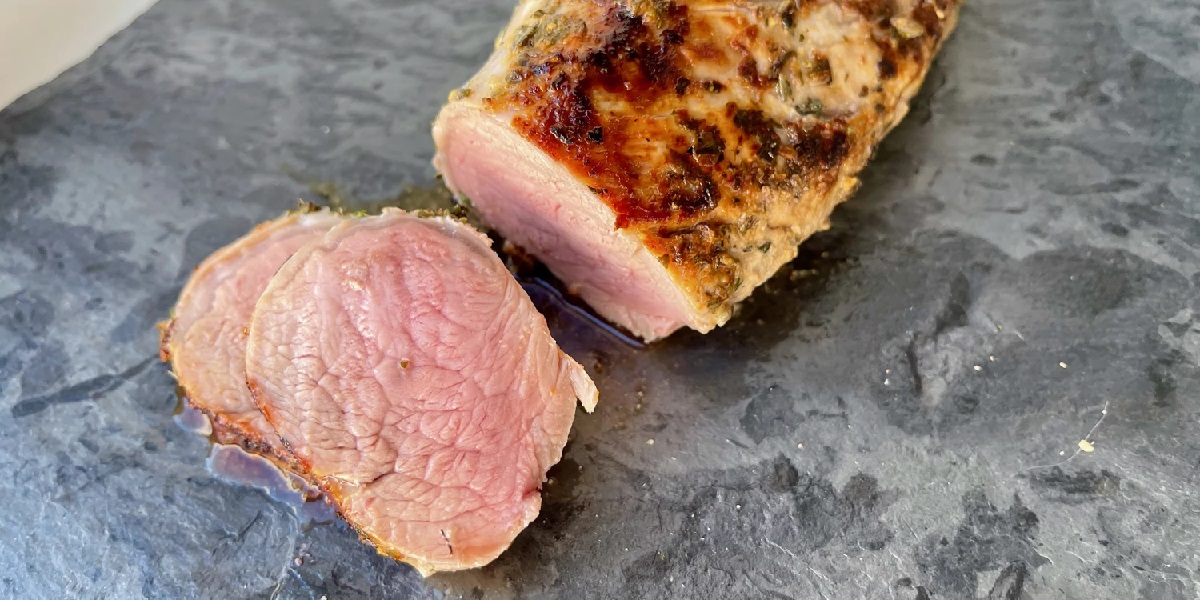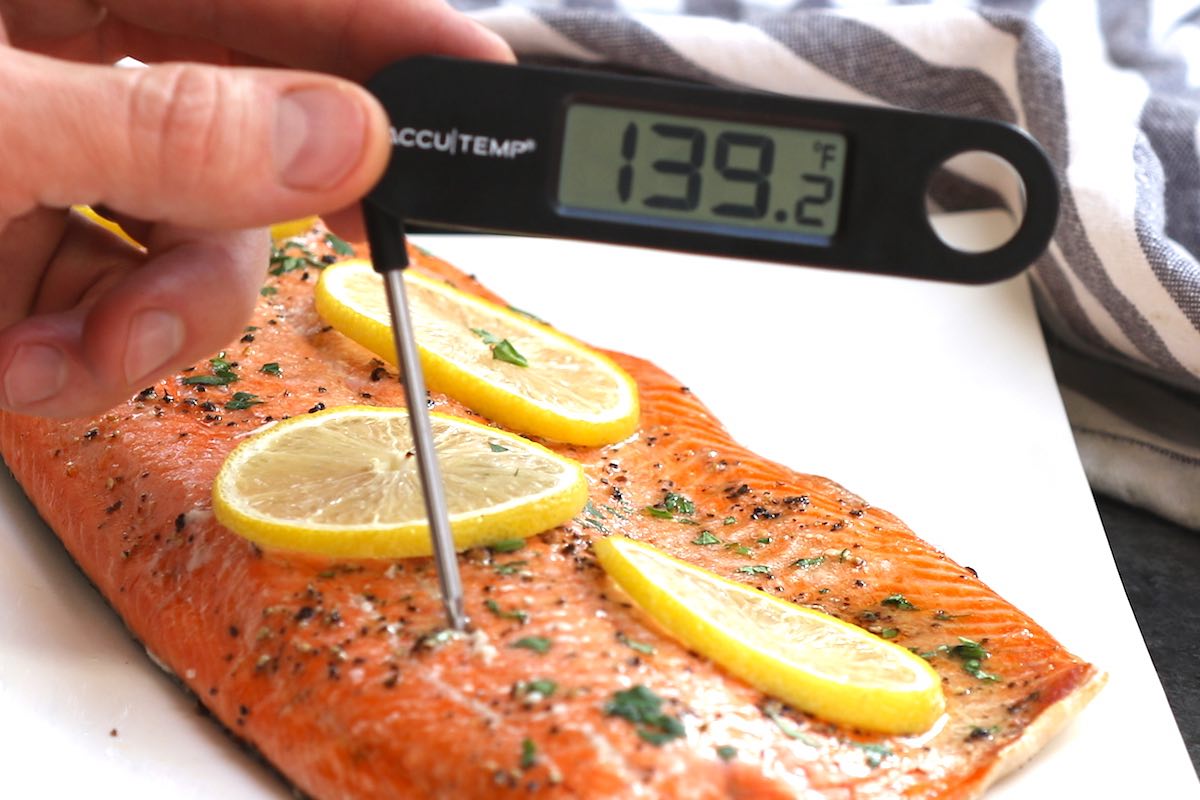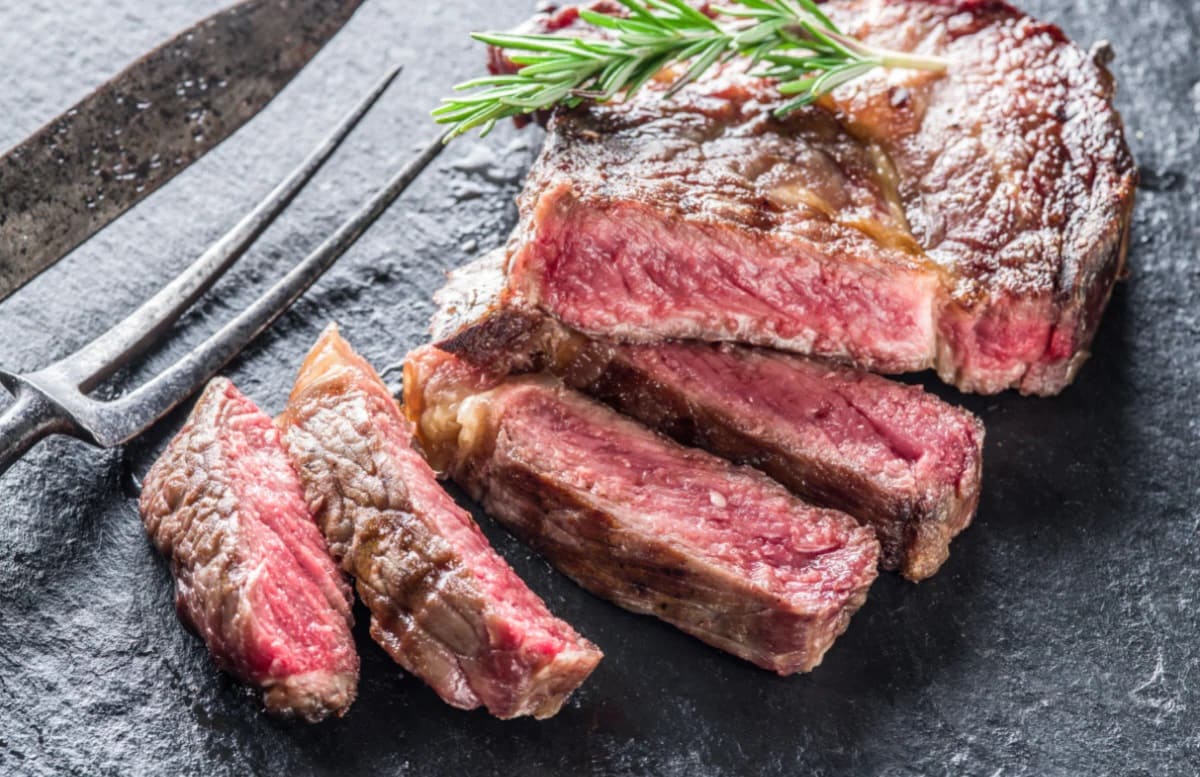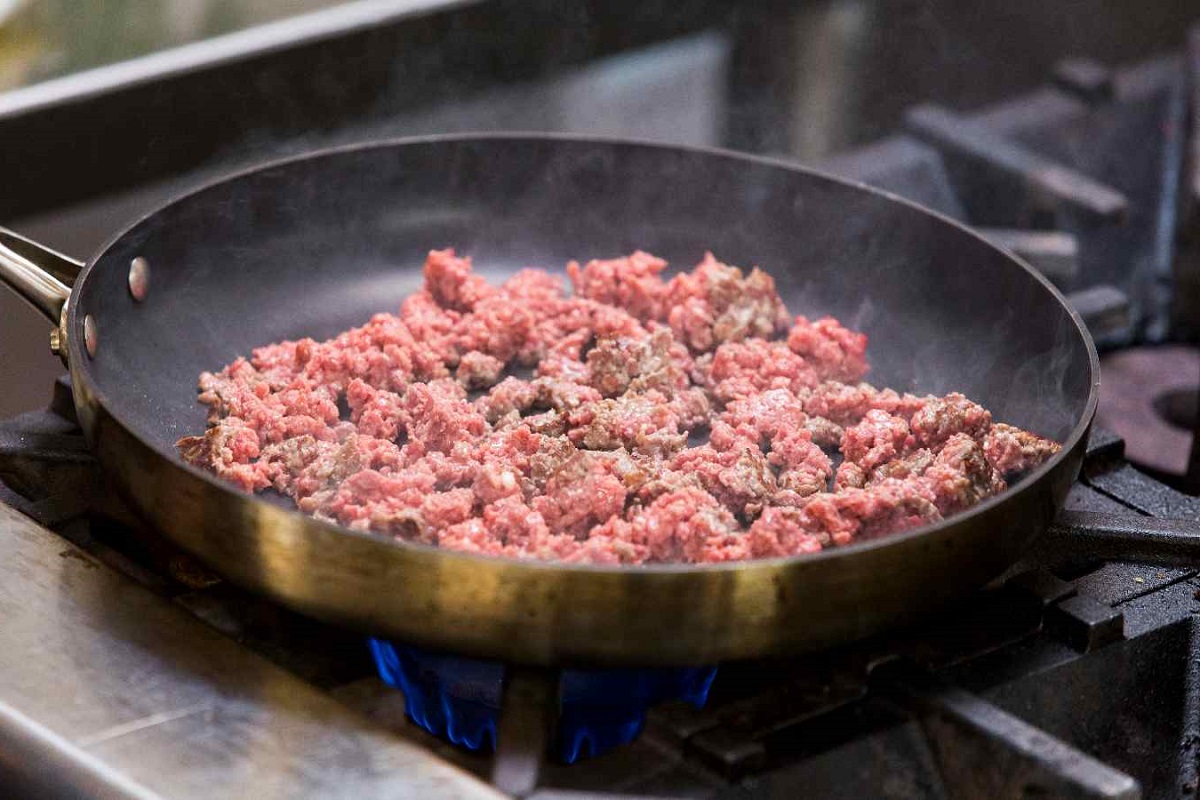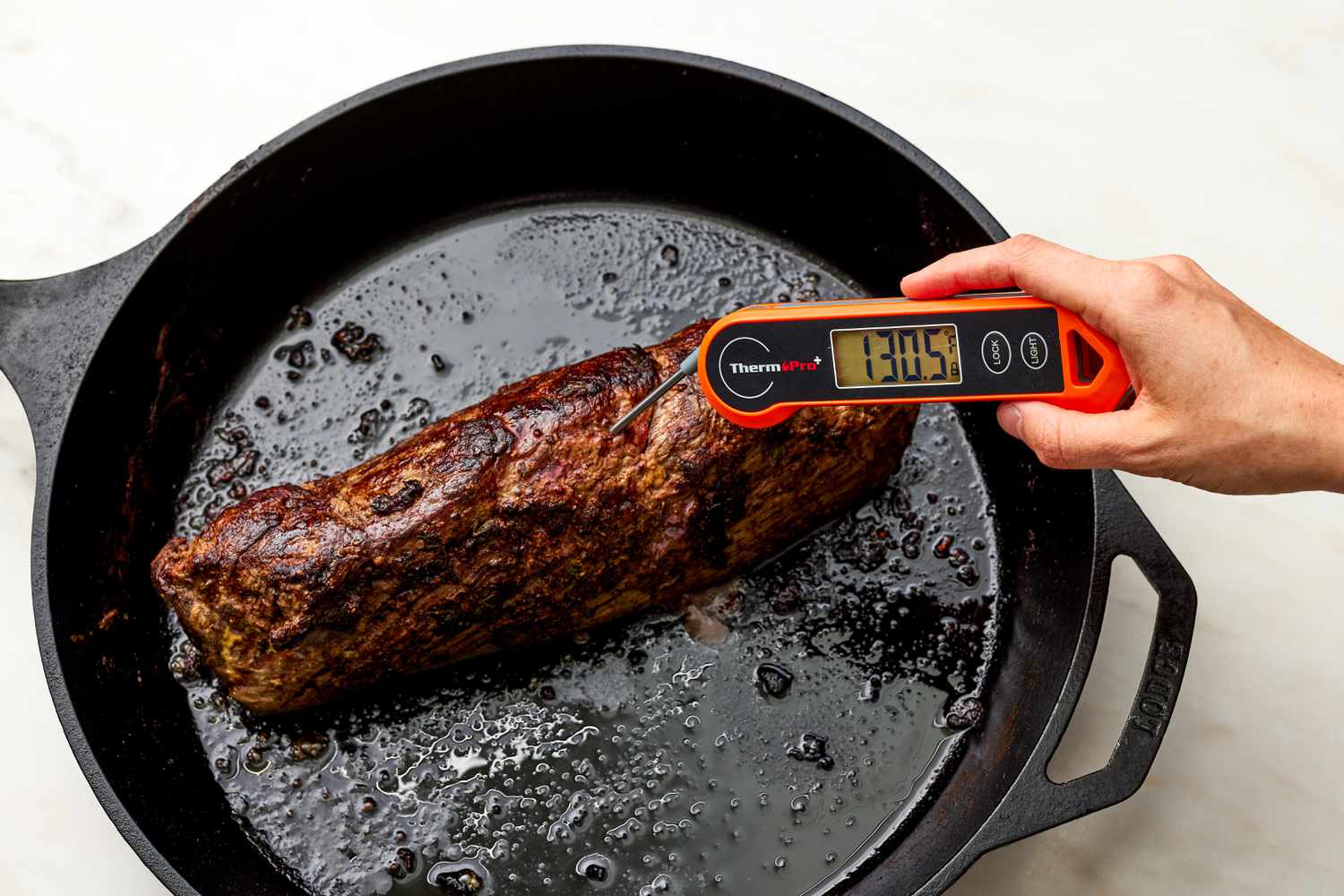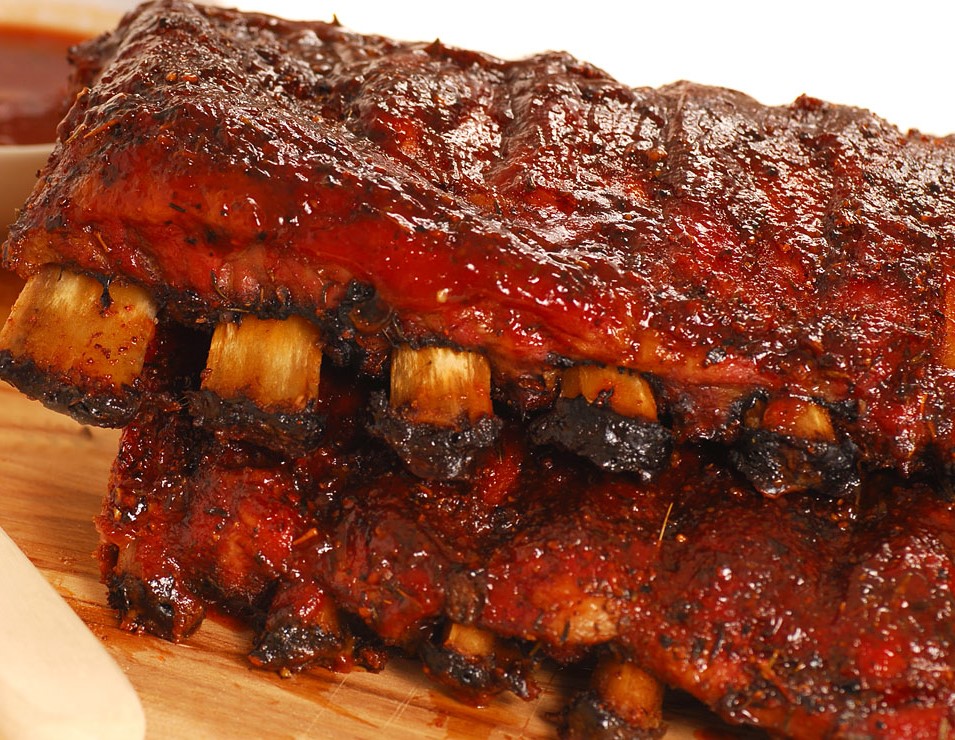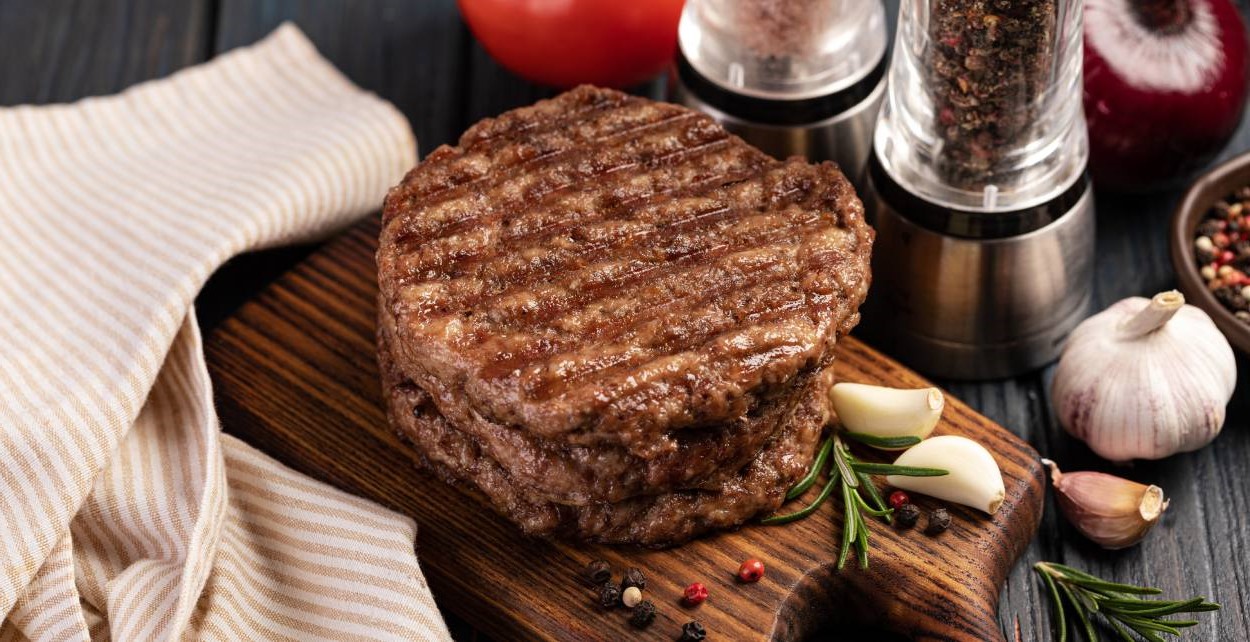Home>Culinary & Beverages>Optimal Internal Temperature For Cooking Filet Mignon
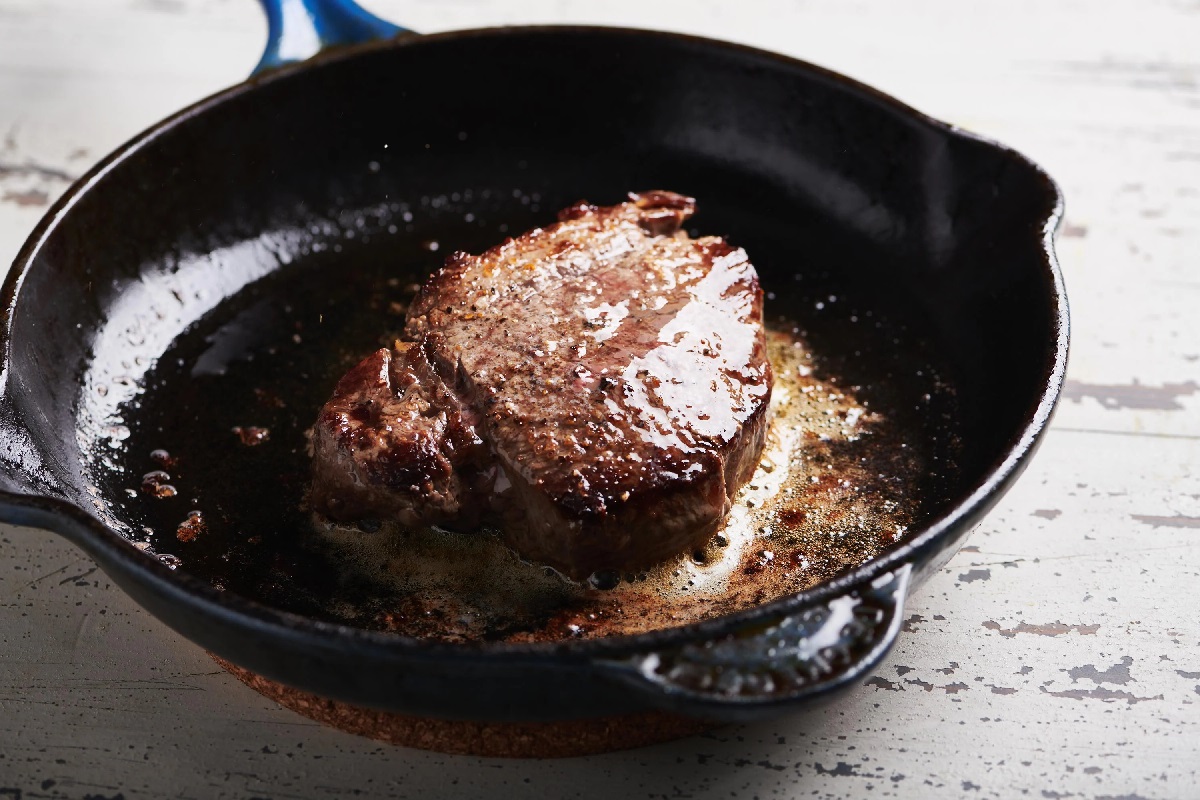

Culinary & Beverages
Optimal Internal Temperature For Cooking Filet Mignon
Published: February 22, 2024
Discover the perfect internal temperature for cooking filet mignon to achieve culinary perfection. Learn the ideal method for preparing this delectable dish.
(Many of the links in this article redirect to a specific reviewed product. Your purchase of these products through affiliate links helps to generate commission for Temperatures.com, at no extra cost. Learn more)
Table of Contents
The Science Behind Cooking Filet Mignon
Cooking filet mignon to perfection is an art that requires an understanding of the science behind the process. At its core, the science of cooking filet mignon revolves around the transformation of its internal temperature, which directly impacts its texture, juiciness, and overall flavor.
The process begins with the application of heat to the filet mignon. As the steak absorbs heat, the proteins within its muscle fibers undergo a series of complex changes. Initially, the heat causes the proteins to denature, altering their structure and texture. This denaturation is crucial for the development of the steak's desirable crust and flavor.
Simultaneously, the heat prompts the Maillard reaction, a chemical process that occurs between amino acids and reducing sugars in the meat. This reaction leads to the formation of a rich, savory crust on the surface of the filet mignon, enhancing its overall flavor profile.
As the internal temperature of the filet mignon continues to rise, the muscle fibers contract, expelling moisture and tightening the steak's texture. However, it is essential to strike a balance, as overcooking can lead to a dry and tough steak.
The ideal internal temperature for filet mignon varies based on personal preferences, but it generally ranges from 130°F (54°C) for rare to 145°F (63°C) for medium-rare. Achieving this precise internal temperature is crucial for ensuring that the steak retains its tenderness and juiciness while delivering a delectable flavor.
Understanding the science behind cooking filet mignon empowers chefs to manipulate the internal temperature to achieve the desired level of doneness, resulting in a culinary masterpiece that delights the senses and satisfies the palate.
Read more: Optimal Internal Temperature For Meatloaf
Factors Affecting Internal Temperature
The internal temperature of filet mignon is influenced by several key factors, each playing a pivotal role in determining the steak's ultimate doneness and overall quality. Understanding these factors is essential for mastering the art of cooking filet mignon to perfection.
-
Thickness of the Steak: The thickness of the filet mignon directly impacts the cooking time and, consequently, the internal temperature. Thicker cuts require longer cooking periods to ensure that the heat penetrates the center while maintaining the desired level of doneness.
-
Starting Temperature: The initial temperature of the filet mignon before cooking significantly affects the cooking process. A steak that is closer to room temperature will cook more evenly, allowing for better control over the internal temperature and resulting in a more consistent doneness throughout the steak.
-
Cooking Method: The chosen cooking method, whether it's grilling, pan-searing, or broiling, influences the rate at which the filet mignon's internal temperature rises. Each method requires a different approach to achieve the desired level of doneness, with factors such as direct heat and cooking time playing crucial roles.
-
Heat Source and Intensity: The type and intensity of the heat source directly impact the rate at which the filet mignon cooks. Whether using a gas grill, charcoal grill, or stovetop, understanding the nuances of each heat source is essential for controlling the internal temperature and achieving the perfect level of doneness.
-
Resting Period: The resting period after cooking is a critical factor that affects the internal temperature of the filet mignon. Allowing the steak to rest enables the redistribution of juices, resulting in a more consistent internal temperature and enhanced overall flavor.
-
Meat Marbling and Quality: The marbling and quality of the meat influence how the filet mignon responds to heat. Well-marbled steaks tend to retain moisture and achieve the desired level of doneness more effectively, contributing to a tender and flavorful outcome.
By considering these factors, chefs and home cooks can effectively manipulate the internal temperature of filet mignon, ensuring that each steak is cooked to perfection, delivering a delectable dining experience with every bite.
Recommended Internal Temperature for Perfect Filet Mignon
The recommended internal temperature for achieving the perfect filet mignon is a critical element in the culinary journey toward creating a delectable dining experience. While personal preferences play a significant role in determining the ideal level of doneness, there are general guidelines that can serve as a foundation for achieving the perfect internal temperature.
For a rare filet mignon, an internal temperature of approximately 130°F (54°C) is recommended. At this temperature, the steak exhibits a vibrant red center, offering a tender and juicy texture with a rich, beefy flavor. The rare level of doneness is characterized by a delicate balance between the seared exterior and the succulent, rare interior, appealing to those who appreciate the purity of the steak's natural flavors.
Moving along the spectrum, a medium-rare filet mignon, with an internal temperature of around 135°F (57°C) to 145°F (63°C), presents a slightly more pronounced doneness while retaining a tender and juicy consistency. This level of doneness offers a captivating contrast between the seared exterior and the warm, pink center, delivering a harmonious blend of textures and flavors that captivate the palate.
For those who prefer a medium filet mignon, an internal temperature ranging from 145°F (63°C) to 155°F (68°C) is recommended. At this level, the steak boasts a warm, pink center with a hint of blush, offering a balance between tenderness and a more substantial texture. The medium doneness level presents a delightful interplay of flavors and textures, appealing to a broad spectrum of steak enthusiasts.
Finally, a medium-well filet mignon, with an internal temperature of approximately 155°F (68°C) to 165°F (74°C), offers a steak with a slightly pink center transitioning to a well-done exterior. While maintaining some juiciness, the medium-well level provides a firmer texture, catering to those who prefer a more substantial and well-cooked steak.
Understanding the recommended internal temperatures for achieving the perfect filet mignon empowers chefs and home cooks to tailor their culinary creations to suit individual preferences, ensuring that each steak is crafted to perfection, delivering a memorable dining experience with every savory bite.
Tips for Achieving the Optimal Internal Temperature
-
Use a Meat Thermometer: Employing a reliable meat thermometer is crucial for precision. Insert the thermometer into the thickest part of the filet mignon to accurately monitor its internal temperature, ensuring that it reaches the desired level of doneness without overcooking.
-
Allow the Steak to Reach Room Temperature: Prior to cooking, allow the filet mignon to rest at room temperature for approximately 30 minutes. This facilitates more even cooking, reducing the risk of a cold center and promoting a consistent internal temperature throughout the steak.
-
Pat Dry Before Cooking: Before applying heat, pat the filet mignon dry with paper towels to remove excess moisture. This enhances the Maillard reaction, allowing for a more pronounced sear and the development of a flavorful crust while promoting even cooking.
-
Utilize the Reverse Sear Method: Consider employing the reverse sear method, which involves cooking the filet mignon at a lower temperature before finishing with a high-heat sear. This approach ensures that the steak achieves the desired internal temperature while developing an enticing crust, resulting in a tender and flavorful outcome.
-
Rest the Steak After Cooking: Once the filet mignon reaches the optimal internal temperature, allow it to rest for approximately 5-10 minutes before serving. This resting period enables the redistribution of juices, ensuring a consistent internal temperature and enhancing the overall flavor and juiciness of the steak.
-
Practice and Patience: Mastering the art of achieving the optimal internal temperature for filet mignon requires practice and patience. Experiment with different cooking methods, temperatures, and resting periods to refine your technique and achieve the perfect level of doneness that suits your preferences.
By implementing these tips, chefs and home cooks can elevate their culinary prowess, ensuring that each filet mignon is cooked to perfection, delivering a succulent and flavorful dining experience that captivates the senses.
Importance of Resting Filet Mignon After Cooking
Resting filet mignon after cooking is a crucial yet often overlooked step in the culinary process, playing a pivotal role in ensuring that the steak reaches its optimal internal temperature and delivers a delectable dining experience. This essential phase allows the steak to undergo a transformative journey, enabling the redistribution of juices and the attainment of a consistent internal temperature, ultimately enhancing its tenderness, juiciness, and overall flavor profile.
Upon being removed from the heat source, whether it's a grill, stovetop, or oven, the filet mignon continues to undergo internal changes. As the muscle fibers relax, the juices, which have been driven towards the center of the steak during the cooking process, begin to redistribute throughout the meat. This redistribution is fundamental in achieving a uniform internal temperature, ensuring that each succulent bite of the filet mignon delivers a harmonious blend of flavors and textures.
The resting period, typically lasting 5-10 minutes, allows the filet mignon to stabilize, resulting in a more consistent internal temperature. This stabilization is essential for preserving the steak's juiciness, preventing the loss of precious moisture when it is eventually sliced and served. By allowing the filet mignon to rest, chefs and home cooks safeguard the steak's tenderness, ensuring that each mouthwatering bite is a testament to culinary excellence.
Furthermore, the resting period contributes to the development of a more flavorful and enjoyable dining experience. As the juices redistribute, they permeate the entire steak, enriching each bite with a symphony of savory flavors. This enhancement of flavor is a testament to the transformative power of the resting process, elevating the filet mignon from a well-cooked steak to a culinary masterpiece that captivates the senses and satisfies the palate.
In essence, the importance of resting filet mignon after cooking cannot be overstated. This critical phase is not merely a pause in the culinary process; it is a transformative journey that culminates in a steak that embodies tenderness, juiciness, and an unparalleled depth of flavor. By embracing the significance of this resting period, chefs and home cooks alike can elevate their culinary creations, ensuring that each filet mignon is a masterpiece that delights and impresses with every savory and succulent bite.
